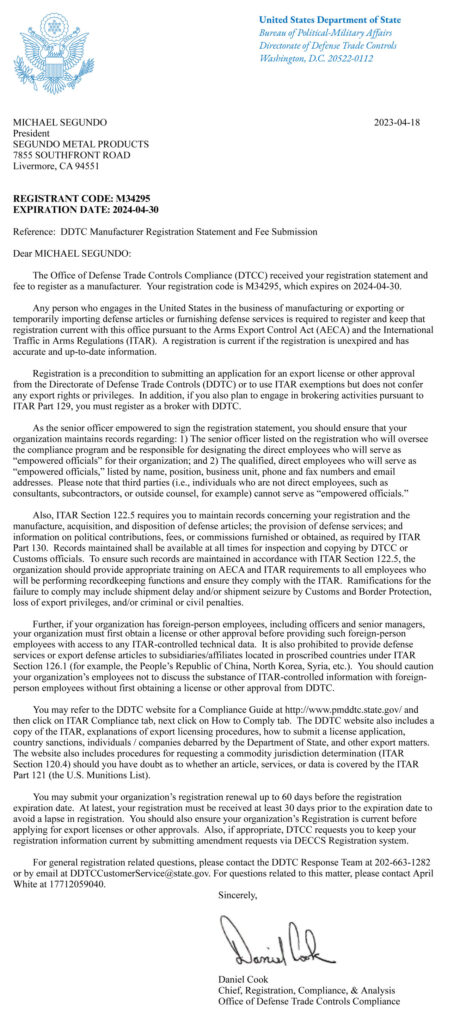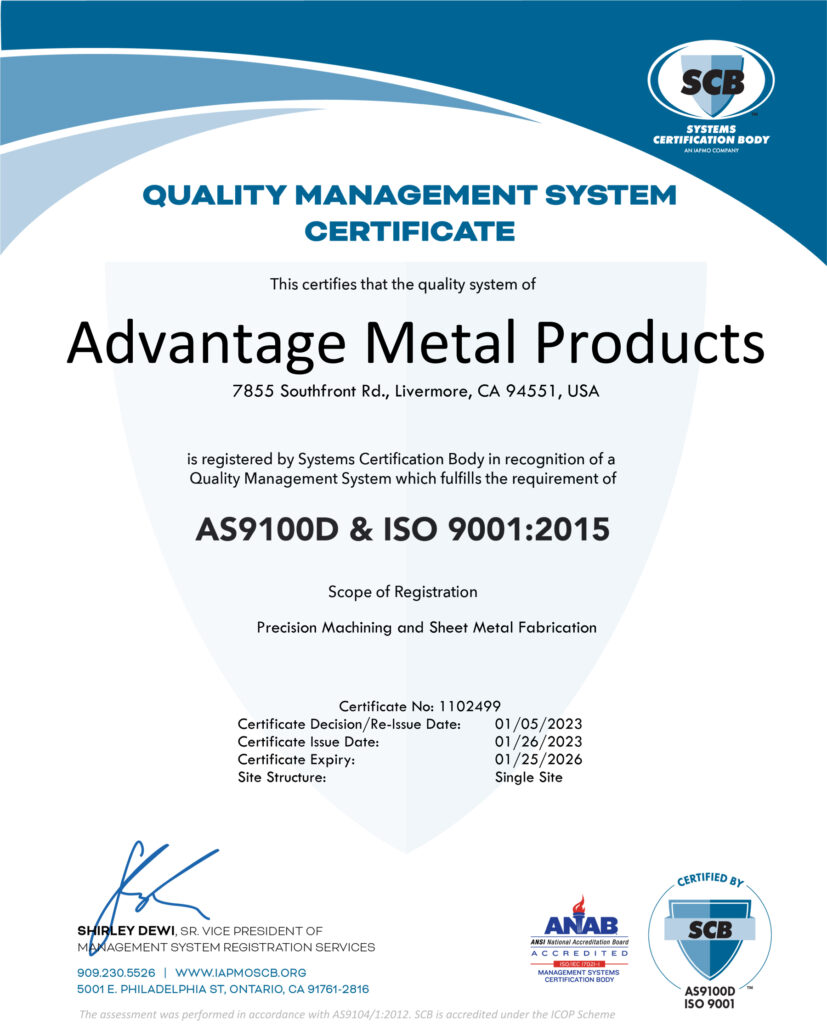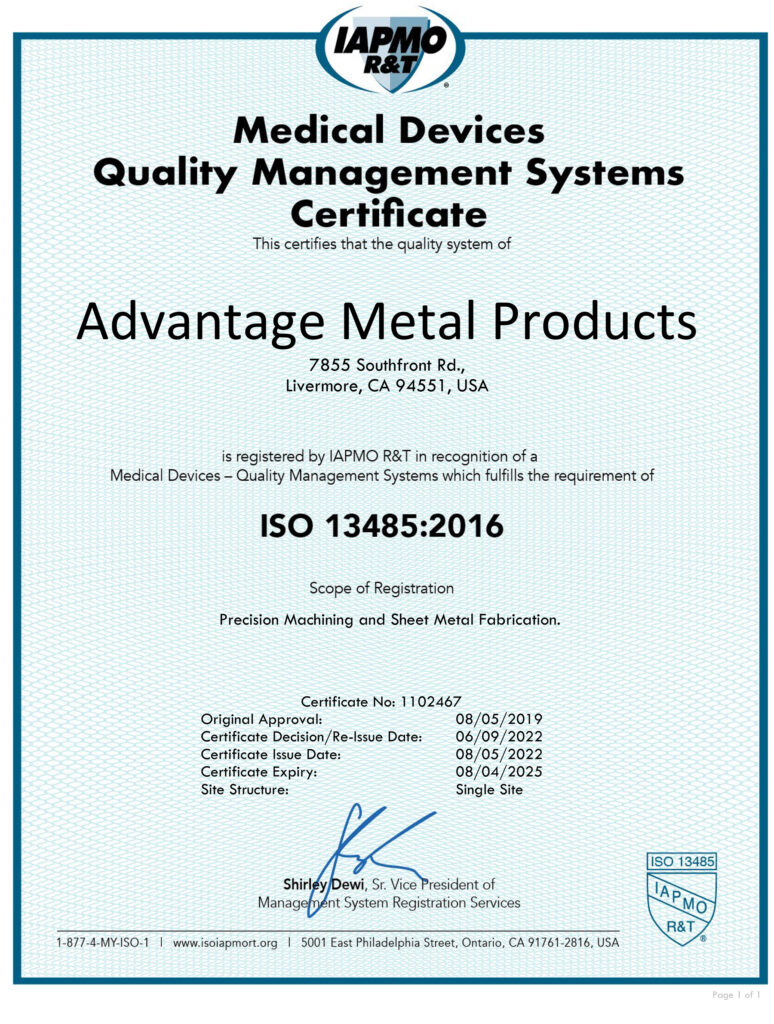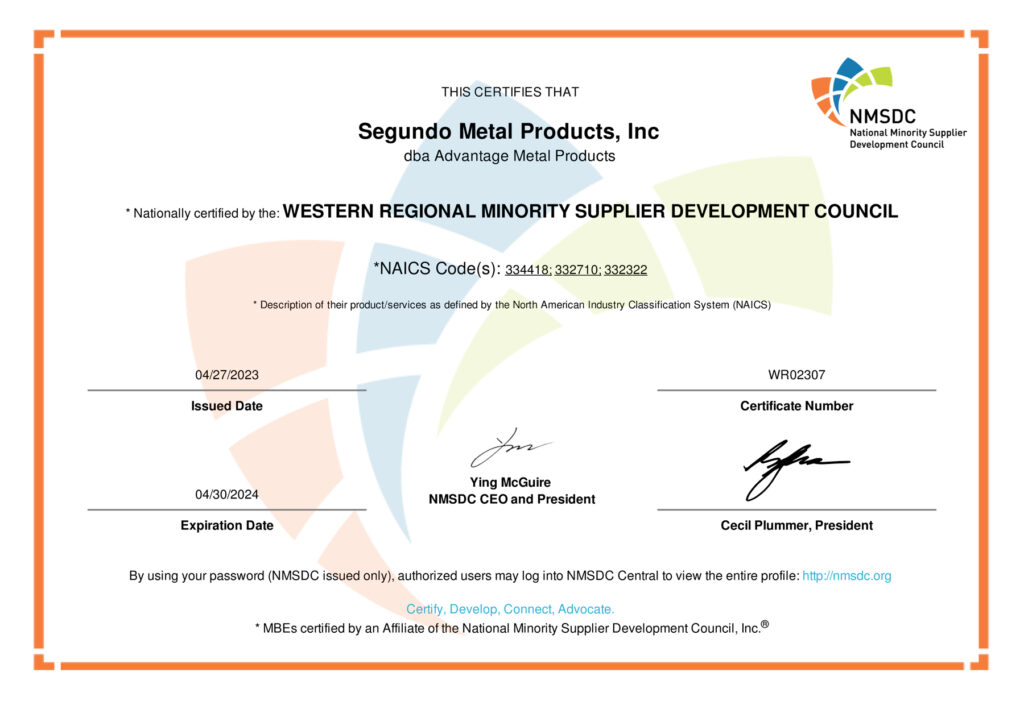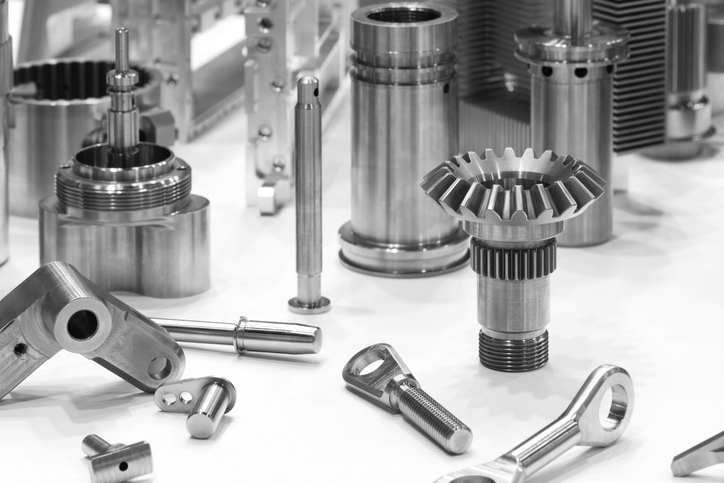
With advantages like quick iteration and design validation, time and cost savings, and enhanced flexibility for design changes, rapid prototyping of metal parts is an essential aspect of product development. As the name suggests, rapid prototyping differs from traditional prototyping primarily in speed. However, there can also be differences between the two when it comes to costs, technologies, and tooling and setup. Overall, rapid prototyping is faster, requires less tooling and setup, and is better suited to creating parts with complex geometries. All of these contribute to a faster time-to-market. But what are the different types of rapid prototyping in metal manufacturing? Let’s take a look.
What are the Different Types of Rapid Prototyping?
Additive Manufacturing
Additive manufacturing, which includes 3D printing, is a key technology in rapid prototyping. It involves building objects layer by layer from digital models, allowing for the creation of complex geometries with minimal tooling. Additive manufacturing (AM) involves a 3D model created using CAD that is then sliced into thin cross-sectional layers with slicing software. These layers serve as the blueprint for the 3D printer, which deposits material layer by layer to build the completed prototype.
Additive manufacturing is a versatile process with multiple applications but is often most useful in the creation of concept models and functional prototypes. The rapid turnaround time of AM also enables part designers to work through multiple iterations within a short time frame, which accelerates the product development lifecycle.
CNC Machining
On the other end of the spectrum from additive manufacturing is CNC (Computer Numerical Control) machining, a subtractive manufacturing process widely used in rapid prototyping. CNC machining is a highly accurate and versatile method that is ideal for the creation of functional prototypes. It involves translating a 3D CAD model into machine-readable code through CAM (Computer-Aided Manufacturing) software. This code provides instructions for the CNC machine to follow. The CNC machine then precisely cuts and shapes the material to produce the prototype.
Often the go-to for small-batch production, CNC offers a cost-effective and highly precise solution for creating prototypes that require tight tolerances. Similar to additive manufacturing, CNC machining allows for iterative design changes. However, because the process involves subtracting material, it’s particularly suitable for applications where the final material properties are critical.
Die Casting
Die casting falls under the category of metal casting. It involves injecting molten material into a mold cavity under high pressure to produce complex and detailed components. It’s more commonly used for mass production but can be utilized in rapid prototyping. The process begins with the design and creation of the die, which is designed to replicate the geometry of the desired part. Molten material is then injected into the die at high pressure and allowed to solidify, after which the part is ejected and put through post-processing.
Die casting is ideal if you require high-quality prototypes with excellent surface finishes and dimensional accuracy. It also excels in terms of speed and scalability, once the initial setup is complete. However, for rapid prototyping, especially in scenarios with frequent design changes or smaller production runs, additive manufacturing and CNC machining offer more flexibility and cost-effectiveness.
Laser Cutting and Welding
Finally, in exploring the question, “what are the different types of rapid prototyping,” laser cutting and welding certainly deserve a mention. Both versatile processes, laser cutting is subtractive while laser welding is more additive when used for joining or layering materials.
Similar to CNC machining, laser cutting relies on a 2D or 3D CAD model that is translated into machine-readable code through CAM software. It’s extremely useful for creating flat or 2D parts with high precision, which makes it a good choice for rapid prototyping components like gaskets, panels, and enclosures.
Laser welding also requires a 2D or 3D CAD model translated by CAM software. It’s useful in rapid prototyping for parts that require a high-strength and precise weld. It also facilitates both rapid and complex assembly of prototypes.
Both methods can be relatively fast, offer high levels of versatility and precision, and are contactless processes that minimize the risk of material contamination during production.
Get Your Products to Market Faster with Rapid Prototyping from Advantage Metal
Located in Livermore, CA, Advantage Metal Products has been a full-service machine shop for more than 30 years. Our capabilities include sheet metal fabrication, CNC machining, welding, assembly, and, of course, rapid prototyping. Whether you need highly precise customized components for aerospace or medical applications, or standard parts for point-of-purchase or automotive, we’re here to get your product to market as quickly as possible.
We also specialize as an NPI (New Product Introduction) manufacturer. Our seasoned engineering team is here to offer support on part design, material selection, process parameters, and more.
Are you looking to get everything you need from a single-source partner? Connect with our team today to get started.

